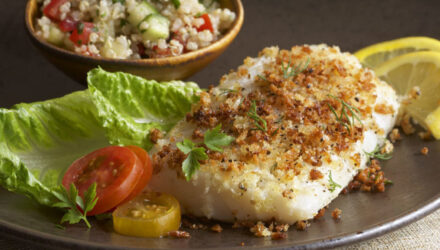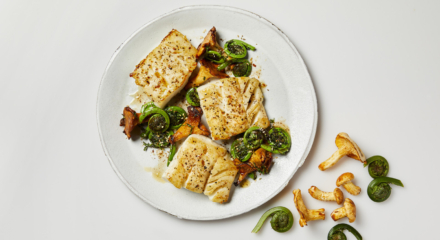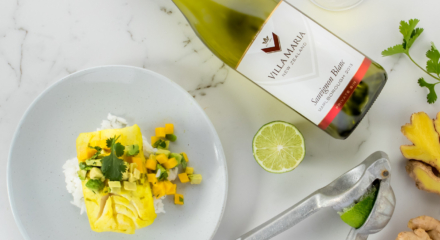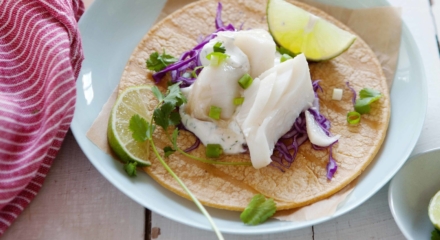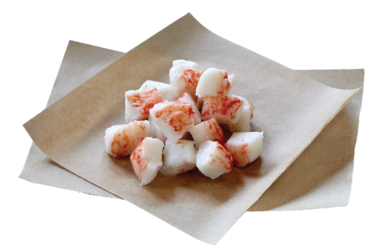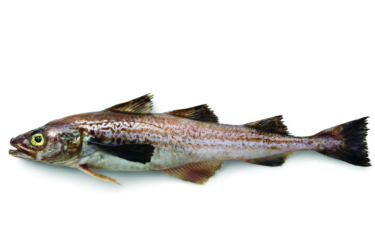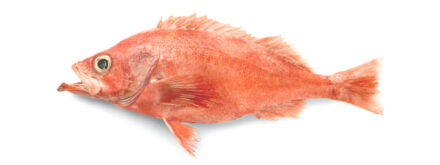
Cod
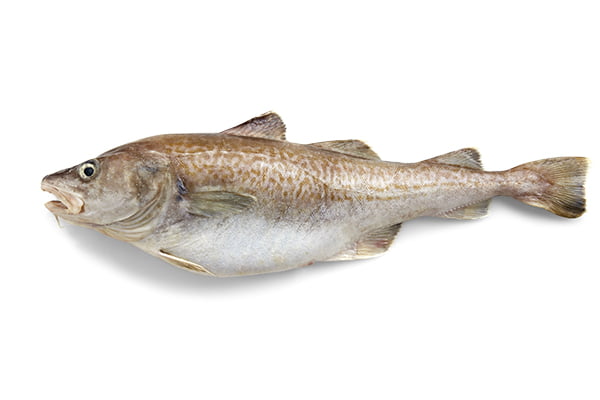
Wild Alaska cod has moist, firm fillets, a distinctive large flake and a slightly sweet flavor.
Watch the video
-
Scientific name: Gadus macrocephalus, also known as Pacific cod
-
1
Pacific Cod is one of the largest groundfish harvests in the US, with landings of over 500 million pounds worth over $200 million on an annual basis.
2
The Alaska cod fishery is certified under two independent certification standards for sustainable fisheries, RFM & MSC.
4
Alaska cod is fished using 4 different methods; longline, pot, trawl, and jig.
-
Nutrition
-
Alaska cod is filled to the gills with high quality, fat-free protein.
The high protein content of wild Alaska cod is easily digestible, and has all nine amino acids the body can’t produce itself — a complete protein of the highest quality.
Benefits of complete high quality protein:
- Build and maintain lean body mass
- Regulation of metabolism
- Improved satiation—leading to lower intake and possible weight loss
- Stronger muscles, resulting in greater mobility, strength, and dexterity
Benefits of Selenium:
- Acts as a powerful antioxidant
- Prevents cognitive decline
- Vital for thyroid health
- Boosts the immune system
- May reduce risks of cancers
- May protect against heart disease
DV = Daily Value // 3.0 oz = 85g Source: USDA Standard Reference Release 28
-
Harvesting & Seasonality
-
Alaska cod is harvested year-round with limitations in place to minimize encounters with incidental species.
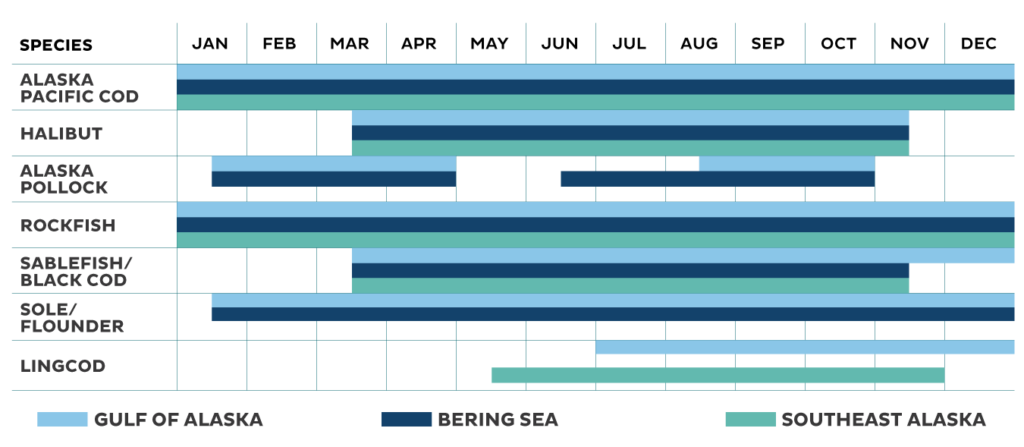
Cod are harvested using four different fishing methods; trawl, longline, pots and jig.
Learn More -
Sustainability & Environment
-
In Alaska, protecting the future of both the Pacific cod stocks and the environment takes priority over opportunities for commercial harvest. NOAA Fisheries and the North Pacific Fishery Management Council use surveys to assess biomass and set catch limits. Once this has been determined fishermen holding permits are allocated quota, and the number of permits is limited to prevent overfishing. In addition, NPFMC/NOAA establish limits to mitigate encounters with non-target species, and in-season catch monitoring is rigorous. These methods ensure wild Pacific cod are available in Alaska for generations to come.
Certification
The Alaska Pacific cod fishery is certified under two independent certification standards for sustainable fisheries:
- Alaska Responsible Fisheries Management (RFM)
- Marine Stewardship Council (MSC)
-
Fun Facts
-
- A relatively short-lived species, Alaska cod are known to live for a maximum of 20 years.
- A schooling fish, Alaska cod travel together from their deep spawning areas to their shallower feeding grounds annually.
- Much like catfish, Alaska cod have a whisker-like organ called a long chin barbell near the mouth which has taste buds to help find food.
-
Product Forms & Availability
-
Wild Alaska cod is available fresh and frozen and frozen year-round in various formats.
Though widely known for its rich white meat, cod is one of the most fully utilized species in a variety of applications. Pacific cod cheeks and bellies are seen as luxuries, and the roe and milt are sought-after delicacies in numerous markets. The skin, fish oil, and liver oil all have nutraceutical/pharmaceutical uses as collagen and omega-3 supplements, and both the oils and fish meals from cod have been utilized in aquaculture feeds.
Find wild Alaska cod in your local grocer in the frozen and fresh sections in fillets, whole, collars, salted, breaded and various other options. Unsure about origin? Just #AskforAlaska and look for the Alaska Seafood logo.
Purchase directly from sellers using our supplier’s directory.
Buy Now -
Cooking
-
This slightly sweet, firm and flaky whitefish is versatile enough to be applicable in nearly any recipe including roasting, poaching, steaming, sautéing, and deep-frying.
Learn More


